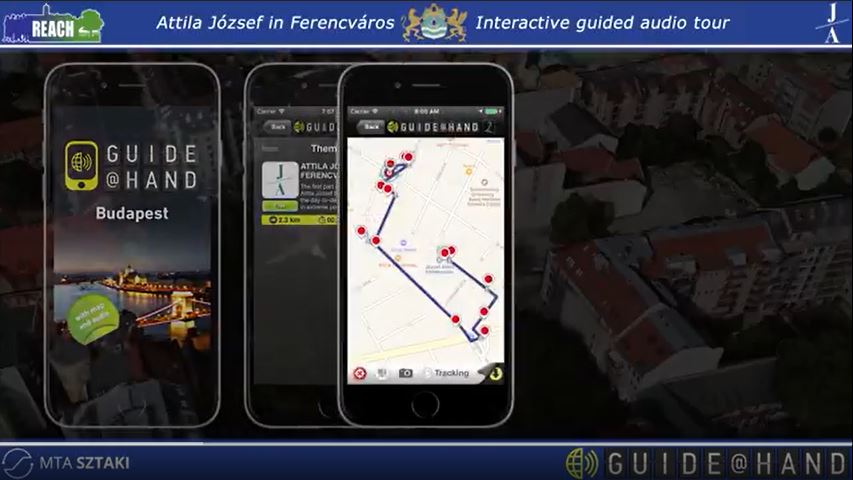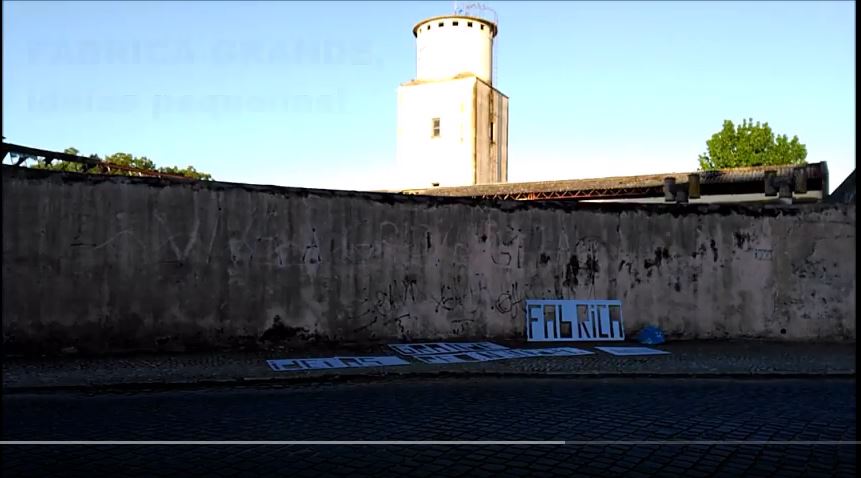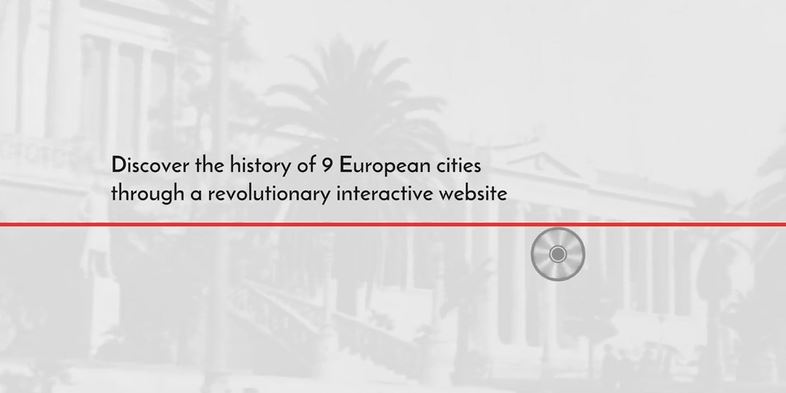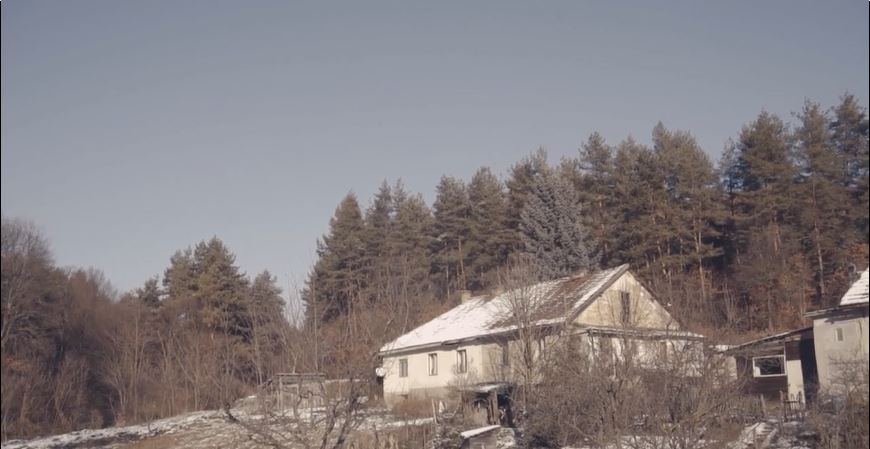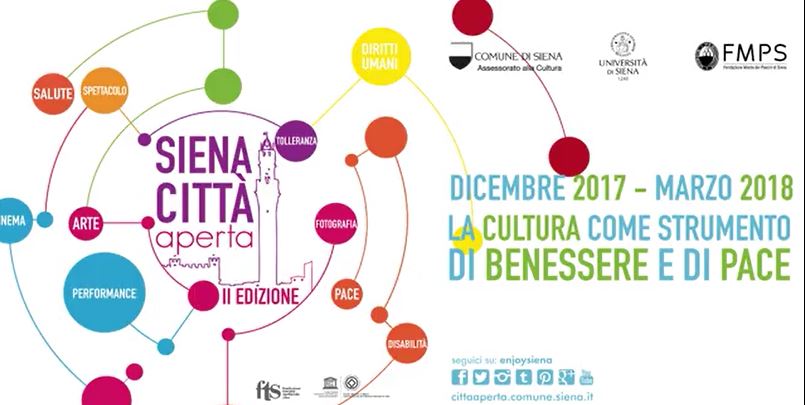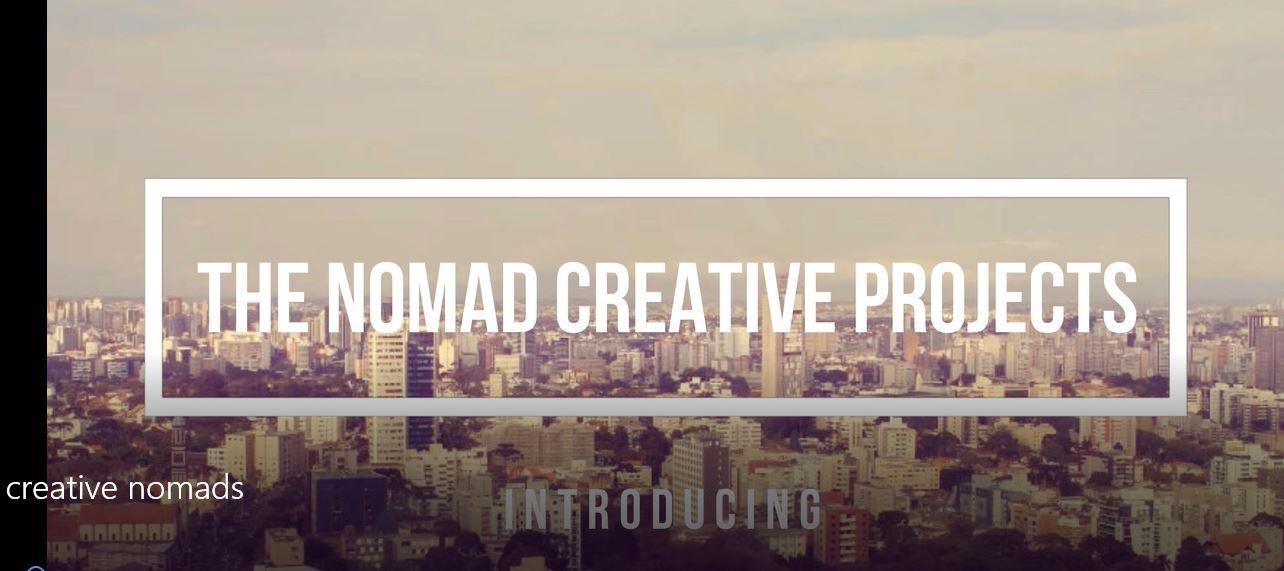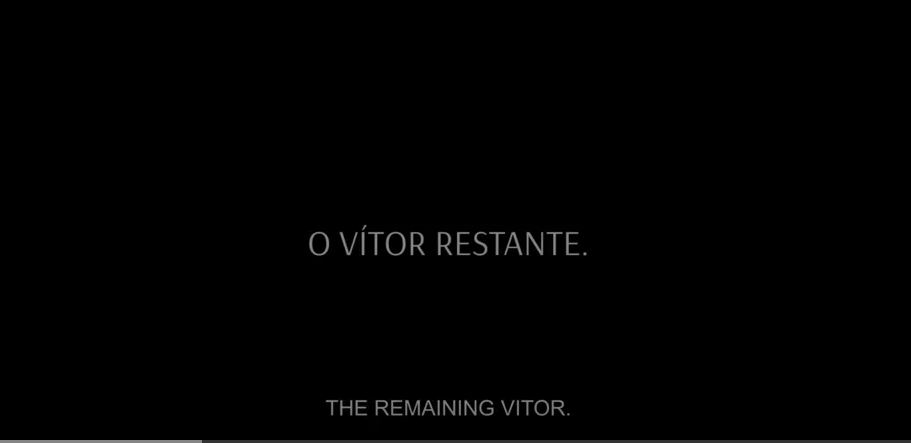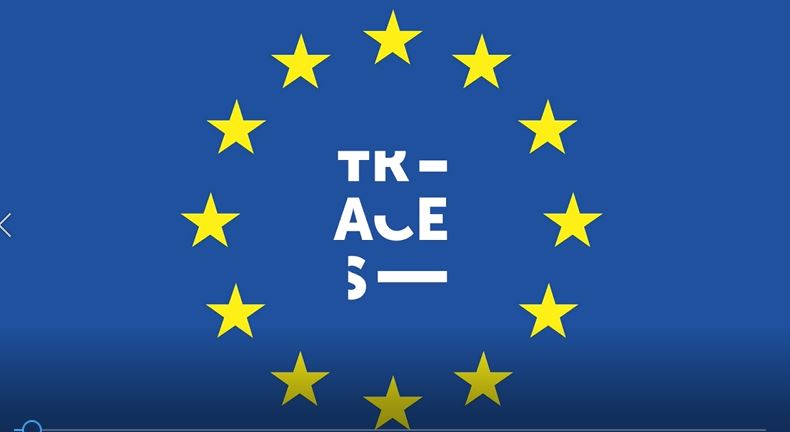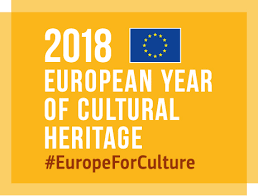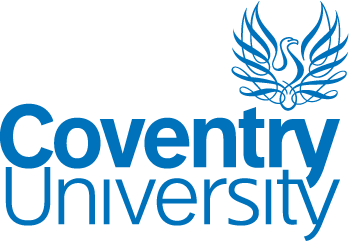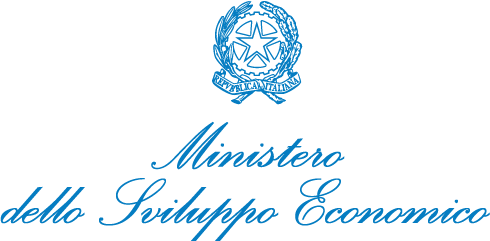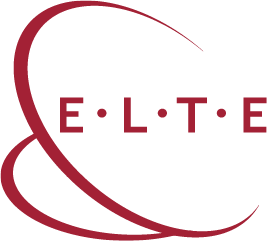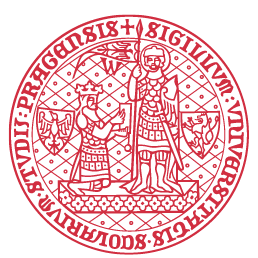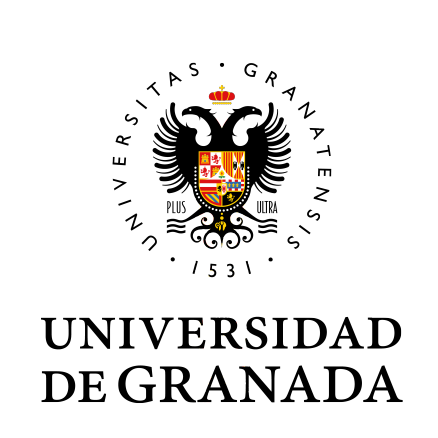Attila József is probably the most outstanding character of Hungarian 20th century poetry. He was born in district 9 of Budapest, called Ferencváros and his presence is still prevalent in several buildings and places today. In 2015, on the initiative of the local government of Ferencváros the eLearning Department of Institute for Computer Science and Control, Hungarian Academy Sciences (MTA SZTAKI) and the Ferencváros Local History Collection prepared and arranged an interactive, thematic and freely available smartphone walk by which the most significant places of the young Attila József’s everyday life can be visited. The GPS-based guided and narrated walk contains multimedia packages. In 2017 the web-version of the walk was added to the project, this year the full English version was arranged. The video gives an account of the evolution of the project, describing the different ways it can be used as an educational tool for every generation interested in Hungarian culture and cultural history.
2017, International Worker´s Day. Torres Novas, Portugal. ADPTN, the local association for heritage preservation makes a public action with the focus on the old industrial plant “Companhia Nacional de Fiação e Tecidos de Torres Novas”. Running from 1845 till 2011, this company was called the Big Factory employing hundreds of men and women. Painted in the factory walls, the phrase underscores the idea that some has to be done in order to preserve this local memory and industrial landmark, giving new public purposes to the abandoned space. Meanwhile authorities announced the intention to buy the space but so far no other developments are known.
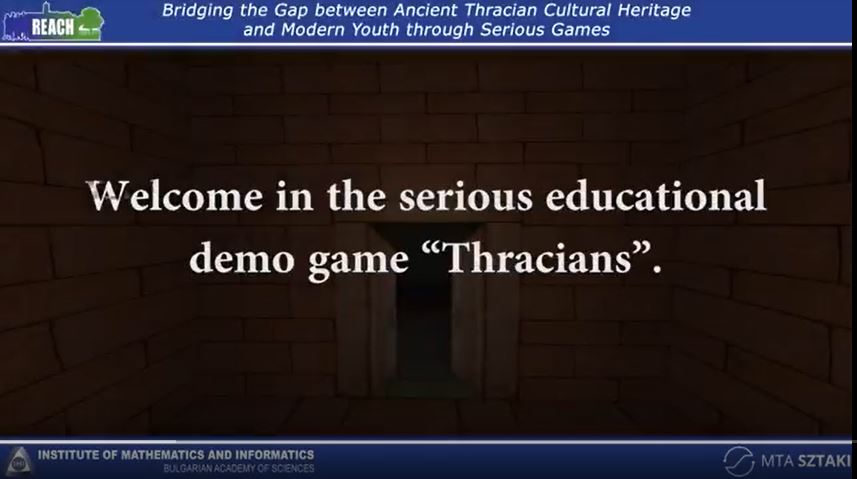 Bridging the Gap between Ancient Thracian Cultural Heritage and Modern Youth through Serious Games
Bridging the Gap between Ancient Thracian Cultural Heritage and Modern Youth through Serious Games
The project “Serious Games as Contemporary Tools for New Educational Applications” of the Institute of Mathematics and Informatics at the Bulgarian Academy of Sciences (IMI-BAS) comprises the development of a model and of content for a serious educational game using linked multimedia cultural resources to facilitate the illustration and understanding of cultural heritage by means of innovative and interactive techniques. The created serious educational game “Thracians” is focused on life, beliefs and traditions of the Thracians (a group of Indo-European tribes inhabiting a large area in ancient Eastern and South-eastern Europe) and is drawn on ancient primary sources, on architecture and artefacts unearthed during archaeological excavations and on research by Bulgarian scholars.
Cultural heritage of Kosovo
Short video that represents different images of cultural heritage of Kosovo: archeological sites, traditional dress and food, musical instruments, lakes, mountains, rivers, caves, waterfalls and modern landscapes.
The images used for the video are from national photo competition, and the winner was declared in National Museum of Prishtina.
The project aims to rediscover the values of cultural heritage amongst youngsters in Kosovo.
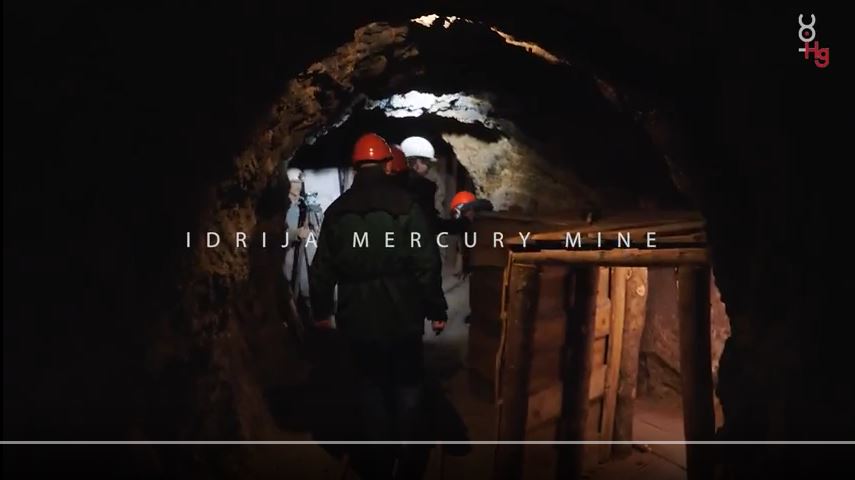 Idrija Mercury Mine – part of UNESCO World Heritage Site ‘Heritage of Mercury. Almadén and Idrija’
Idrija Mercury Mine – part of UNESCO World Heritage Site ‘Heritage of Mercury. Almadén and Idrija’
»Heritage of Mercury. Almadén and Idrija« was inscribed on UNESCO World Heritage List in 2012. Part of this heritage is Idrija Mercury Mine with its oldest preserved part of the mine ‘Anthony’s Main Road’ opened to the public in 1994. Here begins the unforgettable journey from ore to mercury drops where the visitors can experience more than 500 years of mercury mining in Idrija. The restoration, revitalisation and opening of the Smelting Plant exhibition in 2017 as one of the most important world heritage site in Idrija is an innovative example of the conservation of industrial heritage that has been integrally upgraded into a tourist product featuring an interactive educational exhibition. With the help of experiments, animations, video films and devices operating on the basis of mercury, visitors will discover and experience the significance of a unique liquid metal that changed the world and contributed to the flourishing of human civilisation.
There is a lot to learn about the history of European cities from films. However, a lot of this unique cultural heritage has been slumbering, dispersed across national archives and only accessible on a local level. This is where I-Media-Cities comes in. The platform strives to be a multilingual and central access point for researchers and the general public alike, enabling access to the filmic treasures about major European cities (Athens, Barcelona, Bologna, Brussels, Copenhagen, Frankfurt, Stockholm, Turin, Vienna) from nine film archives from eight different EU countries while employing innovative tools that allow for interaction with the content.
During the project Lights on! several playfulness and gamification pilots has been going on in order to raise awareness and breathe life into badly ruined heritage sites in Finland and Estonia. The methodology for these actions has been crowdsourcing. During the project large number of students participated in planning and realization of different playful and gamified pilots. One of the highlights of the project, the mobile game that brings the characters from the past alive, will be launched in May 2018. There has been also series of Light theme events in both countries in 2017 and 2018.
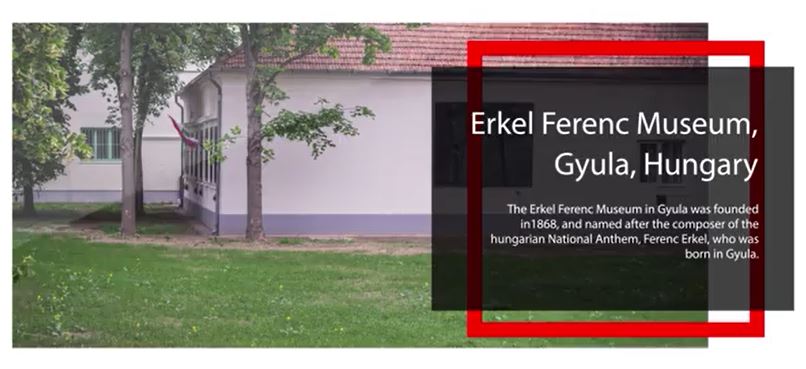 Kamill Erdős’ legacy in the Erkel Ferenc Museum
Kamill Erdős’ legacy in the Erkel Ferenc Museum
A significant part of the remarkable romologist Kamill Erdős (1924-1962) legacy can be found in the Erkel Ferenc Museum in Gyula, Hungary. A very diversified heritage including ethnographc objects, photos and notes were given to the museum’s collection by Mária Müller, Kamill Erdős’ widow. The poster aims to introduce this collection and also the effect of Kamill Erdős’ work on the romology in Hungary.
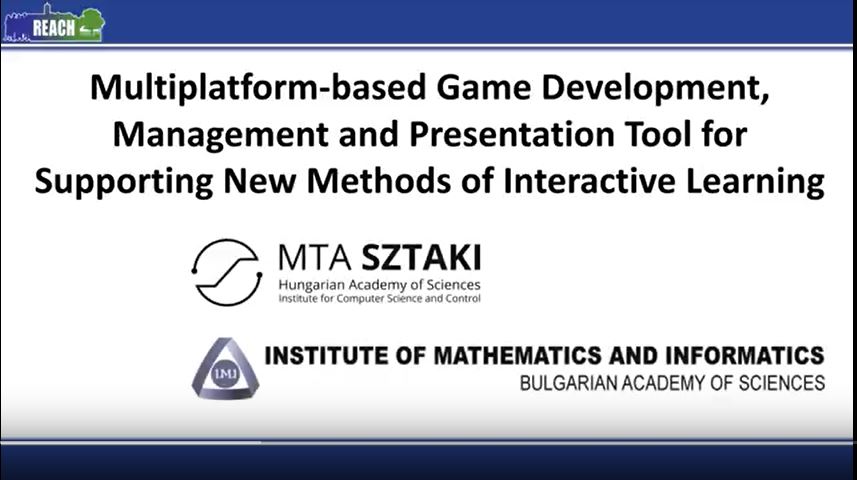 Multiplatform-based Game Development, Management and Presentation Tool for Supporting New Methods of Interactive Learning
Multiplatform-based Game Development, Management and Presentation Tool for Supporting New Methods of Interactive Learning
The eLearning Department of Institute for Computer Science and Control, Hungarian Academy of Sciences (MTA SZTAKI) developed a multilingual and multiplatform Game Development, Management and Presentation Tool for creating various, interactive games. The Tool has the following components: Game Template Developer, Game Editor, Game Publisher, Game Portal and User Management. The implemented game types include sliding puzzle, memory game, matching, ordering, crossword single and multiple choice, word search, blind map etc. The games can be customized by different parameters (e.g., size, time limit).
Bagoly-lyuk (“Owl-hole”), officially Szúcs-Bányatelep, is a prime example of settler housing on a mining landscape. This settlement lies 3 km from the centre of Szúcs, north-west from Eger. By car it is only accessible on a secondary main road or on a forest track. The community and its population is characterised by physical, social and cultural segregation suffering from poor housing conditions, therefore, a number of community-building programmes were launched in 2015. The Autonomia Foundation and the Katona József Theatre have taken on organising theatre pedagogical and community-building programmes. Furthermore, there is a home improvement assistance programme founded with donations. What is still missing is the genius loci created by the community, a place for drama and solutions, a creative and self-creating space: a stage for both the individual and the community
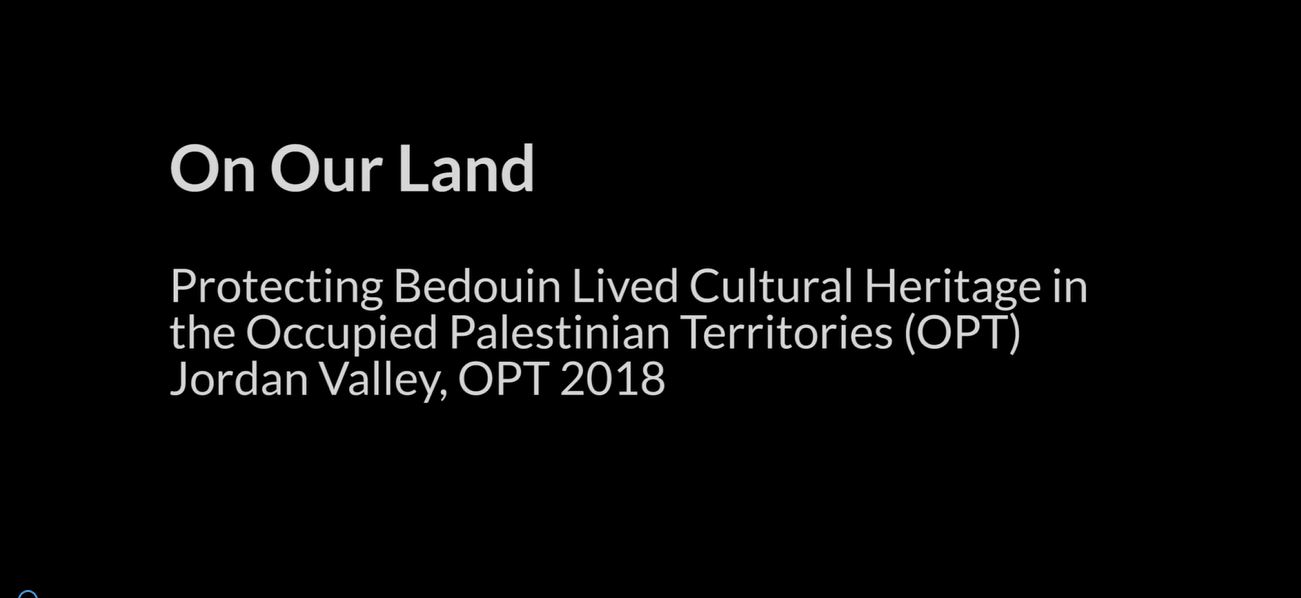 Protecting Bedouin lived cultural heritage in the occupied Palestinian Territory
Protecting Bedouin lived cultural heritage in the occupied Palestinian Territory
The taboon is the traditional Palestinian bread oven and the particular smell of the fuel and the cooking bread has long been associated with the approach to a Palestinian village. In this video the seventy-five year old woman baking the bread is Bedouin and lives, not in a village, but in an individual dwelling on the hills in the north Jordan Valley, in occupied Palestinian territory. The video is part of a Coventry University project led by the Centre for Trust, Peace and Social Relations (CTPSR) which aims to use oral history to record and protect Bedouin cultural heritage at risk from the prolonged Israeli military occupation. The project has been funded as part of the British Council’s Cultural Protection Fund, designed to protect cultural heritage at risk from conflict.
Siena Città Aperta is cultural and artistic proposal, based on the philosophy of culture as a tool of wellbeing and peace; the festival spread in the city with very different proposals, allowing Siena Città Aperta to be included among the events of the European Year of Cultural Heritage. The festival promotes the values of cultural diversity, intercultural dialogue and social cohesion offering the opportunity to to visit exhibitions, performances, and concerts for the most part free entry.
The Nomad Creative Projects is a leading travel resource where every destination is combined with social, economical, political and cultural reporting. It is two projects in one: Unesco's Creative Cities project covers creative fields: Art, Design, Film, Literature, Music and Media Arts / Creative Initiatives project develops cross-cultural links around the world and showcases art projects sharing experiences with artists, art spaces, art residencies etc. The vision of The Nomad Creative Projects is to offer a platform on which each artists and projects can present itself to all audiences.
The video presents two projects, “The Island City” and “Shop Window City”, depicting contemporary Porto. Both seek to highlight these particular local situations, often marginalized and ignored. The proposed video illustrates this new context of the city using fragments of the realities that these two research projects address in a complementary way: the rooted communities and the small old shops of the city center both overwhelmed with the phenomenon of the sharp rise in tourism, real estate speculation and the overall incentive to minimize and modernize. The bridging of these two projects aims to discuss the balance between favouring the global competition and keeping the culture that defines us and these cities alive.
The video presents two projects, “The Island City” and “Shop Window City”, depicting contemporary Porto. Both seek to highlight these particular local situations, often marginalized and ignored. The proposed video illustrates this new context of the city using fragments of the realities that these two research projects address in a complementary way: the rooted communities and the small old shops of the city center both overwhelmed with the phenomenon of the sharp rise in tourism, real estate speculation and the overall incentive to minimize and modernize. The bridging of these two projects aims to discuss the balance between favouring the global competition and keeping the culture that defines us and these cities alive.

